Optical Imaging Revolutionizes Sleep Apnea Diagnosis: Precision Beyond Traditional Methods
Introduction: Addressing the Gaps in Sleep Apnea Diagnosis
Obstructive sleep apnea (OSA) affects millions globally, leading to serious health risks such as cardiovascular disease, stroke, and cognitive impairments. However, existing diagnostic methods like polysomnography (PSG) often fail to provide a complete picture of the condition. The cumbersome nature of sleep studies and their inability to capture detailed structural and functional dynamics of the airway have driven researchers to explore innovative solutions. Among these, optical coherence tomography (OCT) has emerged as a groundbreaking technology, offering high-precision imaging and real-time insights into airway obstructions during sleep.
The Breakthrough: Swept-Source Optical Coherence Tomography (OCT)
Swept-source OCT is a light-based imaging technique traditionally used in ophthalmology. Researchers have adapted this technology for sleep medicine, enabling visualization of the upper airway with unprecedented clarity. Unlike traditional imaging methods, swept-source OCT provides:
-
High-Fidelity Structural Imaging: OCT delivers detailed, high-resolution images of the airway’s anatomy, including tissues prone to collapse during sleep. This precision allows clinicians to pinpoint the exact location and severity of obstructions.
-
3D Reconstruction: Using advanced algorithms, OCT creates three-dimensional models of the airway. These reconstructions reveal dynamic changes in the airway’s structure between awake and sleep states, offering insights unattainable with PSG alone.
-
Extended Range Imaging: The integration of specialized devices extends OCT’s reach, capturing areas of the upper airway previously difficult to visualize, such as the oropharynx, a common site of obstruction in OSA.
Integrating Computational Fluid Dynamics (CFD): A Comprehensive Approach
In a recent study published in Biophotonics Discovery, researchers paired OCT imaging with computational fluid dynamics (CFD) to analyze airflow dynamics through the airway. This combined approach provided key advantages:
-
Real-Time Airflow Simulation: CFD models airflow and identifies areas of turbulence, which are indicative of obstructions. This data complements OCT imaging by revealing functional aspects of the airway.
-
Pinpointing Problem Areas: In a case study involving a 28-year-old patient, OCT and CFD identified the oropharynx as the primary site of obstruction during sleep. This level of precision enables targeted treatment strategies.
-
Enhanced Diagnostic Accuracy: By combining structural imaging with airflow analysis, clinicians gain a holistic understanding of the airway’s behavior, reducing diagnostic errors and improving treatment planning.
Benefits of Swept-Source OCT in Sleep Medicine
-
Non-Invasive and Comfortable: Unlike polysomnography, which requires cumbersome equipment, OCT imaging is non-invasive and can be performed without disrupting the patient’s natural sleep environment.
-
Improved Accessibility: The portable nature of OCT systems allows for at-home diagnostics, making it more accessible to patients in rural or underserved areas.
-
Personalized Treatment Plans: Detailed airway imaging enables clinicians to tailor interventions, whether through CPAP therapy, oral appliances, or surgical procedures, for optimal outcomes.
-
Pediatric Applications: OCT’s non-invasive nature makes it particularly suitable for diagnosing sleep apnea in children, where traditional methods can be challenging.
Implications for Treatment and Surgical Planning
The ability to visualize the airway’s structure and function in real time has profound implications for treating OSA:
-
Enhanced Surgical Planning: By identifying precise sites of obstruction, OCT helps surgeons plan minimally invasive procedures with greater accuracy.
-
Treatment Optimization: OCT and CFD data allow for more effective calibration of CPAP machines and other therapeutic devices, improving patient compliance and outcomes.
-
Post-Treatment Monitoring: OCT can assess the efficacy of interventions, guiding adjustments based on real-time data.
Challenges and Future Directions
Despite its promise, swept-source OCT faces some challenges:
-
Cost and Accessibility: The technology is currently expensive, limiting widespread adoption. However, as demand grows, economies of scale may make it more affordable.
-
Data Interpretation: The complexity of OCT and CFD data requires specialized training for clinicians, emphasizing the need for advanced algorithms and AI integration.
-
Regulatory Approvals: Long-term studies and regulatory clearances are necessary to integrate OCT into standard diagnostic workflows.
Future advancements in OCT could include AI-driven analysis for faster interpretation, miniaturized devices for wearable applications, and integration with other diagnostic tools like pulse oximetry for a comprehensive diagnostic suite.
Conclusion: A New Era in Sleep Medicine
The integration of swept-source OCT and computational fluid dynamics marks a significant leap forward in the diagnosis and treatment of obstructive sleep apnea. By providing high-resolution structural and functional insights, this technology addresses critical gaps in traditional diagnostic methods. As research progresses and accessibility improves, optical imaging has the potential to revolutionize sleep medicine, offering hope for millions of patients worldwide.
Bibliography:
-
Biophotonics Discovery. (2024). "High-Fidelity Airway Imaging for Sleep Apnea Diagnosis Using Swept-Source OCT." DOI: 10.1117/1.BIOS.1.3.035002.
-
Holty, J. E., & Guilleminault, C. (2010). "Sleep Apnea: Advances in Diagnostic and Therapeutic Modalities." Chest, 137(4), 988-1003.
-
American Academy of Sleep Medicine. (2022). "Innovations in Sleep Apnea Diagnostics." Retrieved from aasm.org.
-
Smith, D. F., & Kent, K. A. (2021). "Non-Invasive Imaging for Respiratory Disorders." Current Respiratory Medicine Reports, 10(3), 159-169.
-
World Health Organization. (2023). "Global Prevalence of Sleep Apnea." Retrieved from who.int.

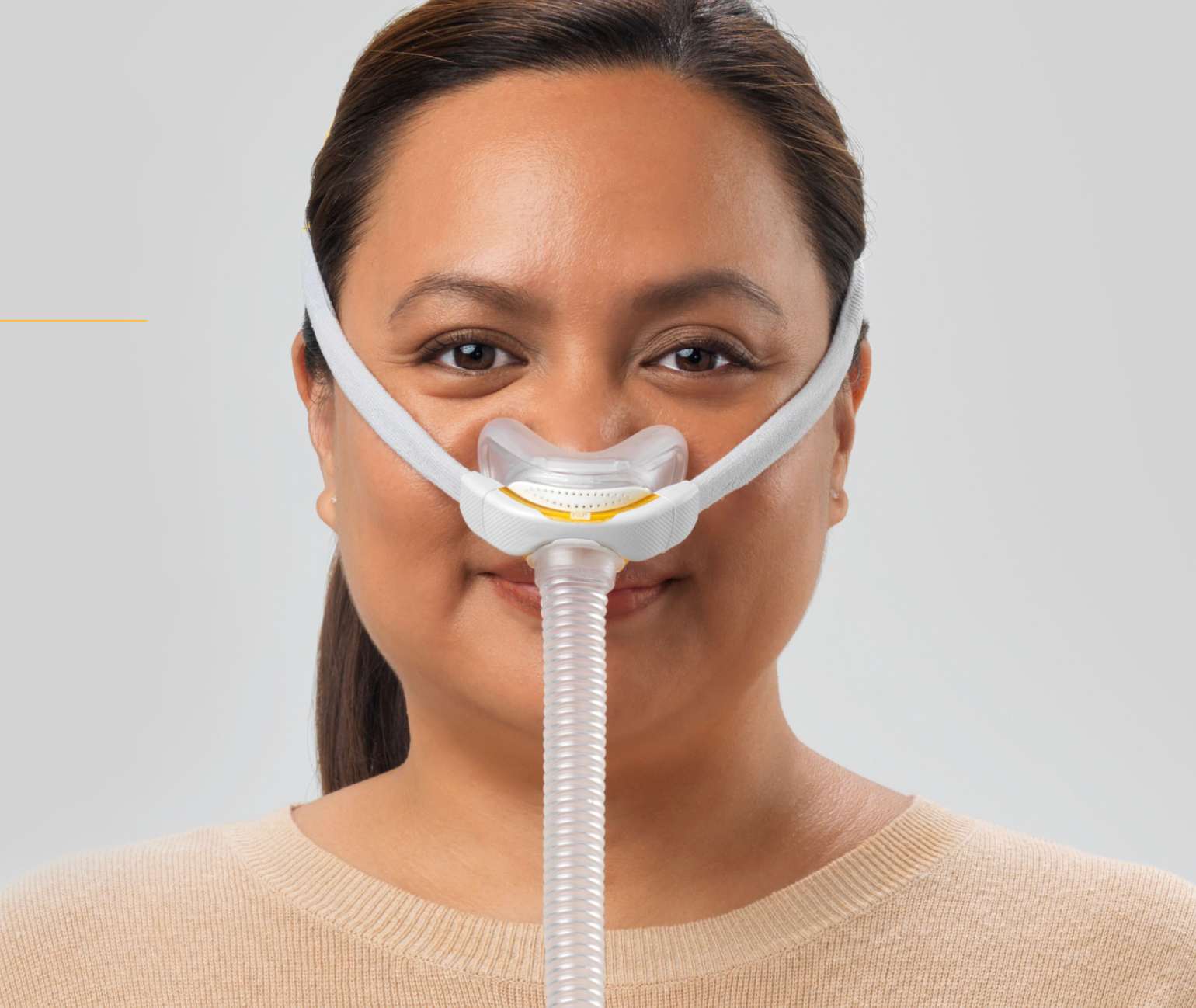
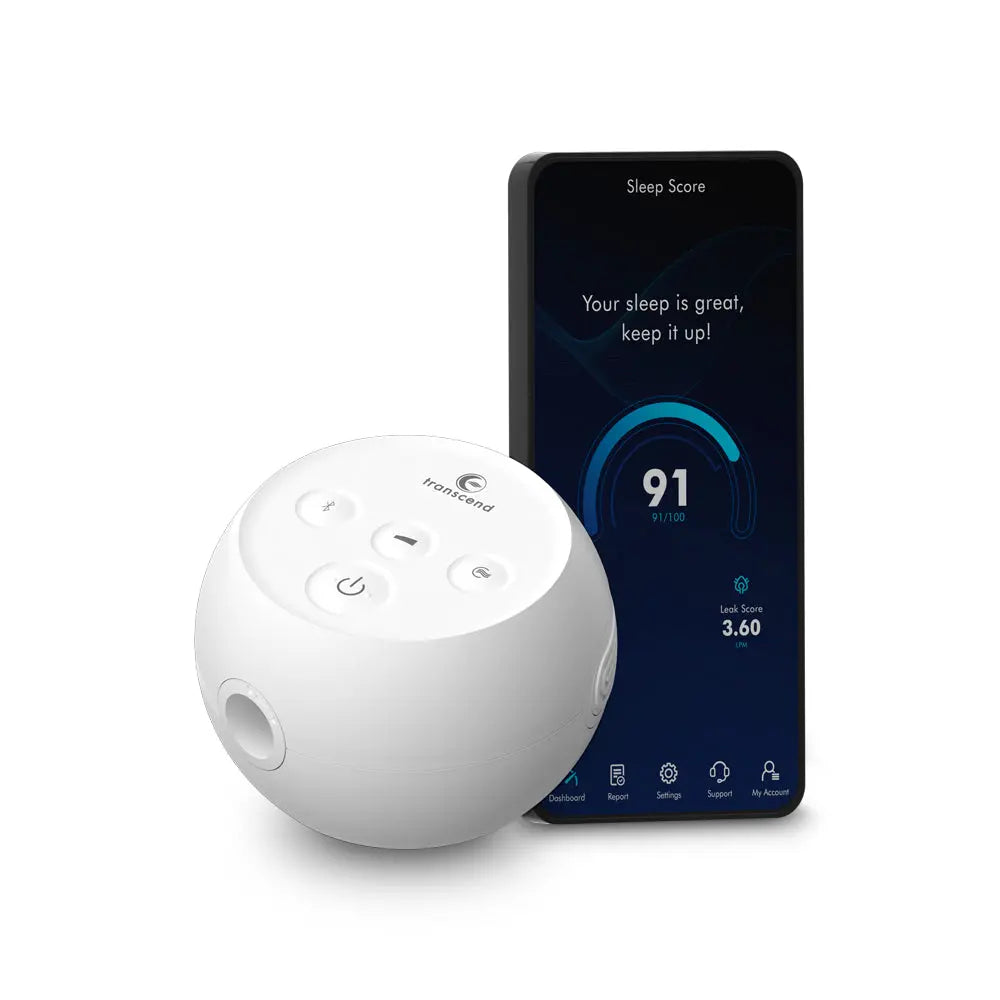
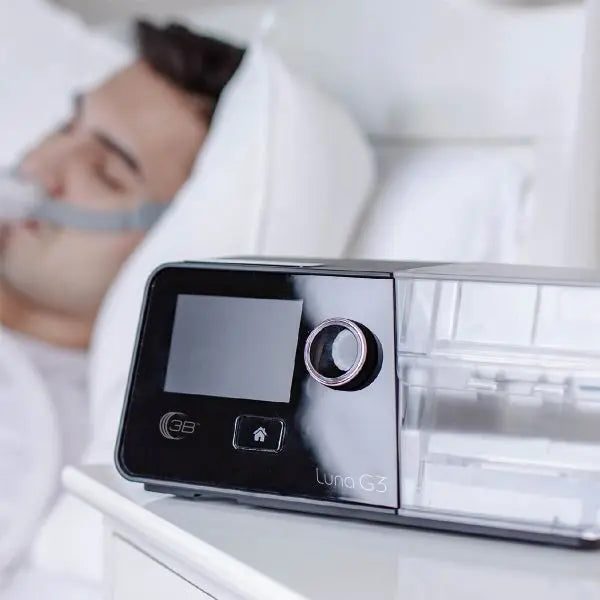


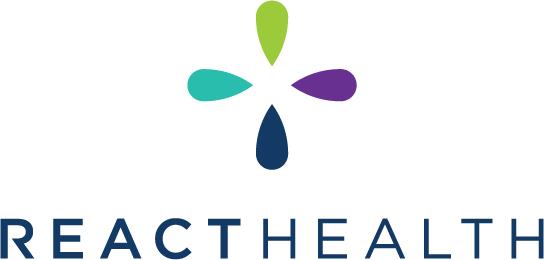
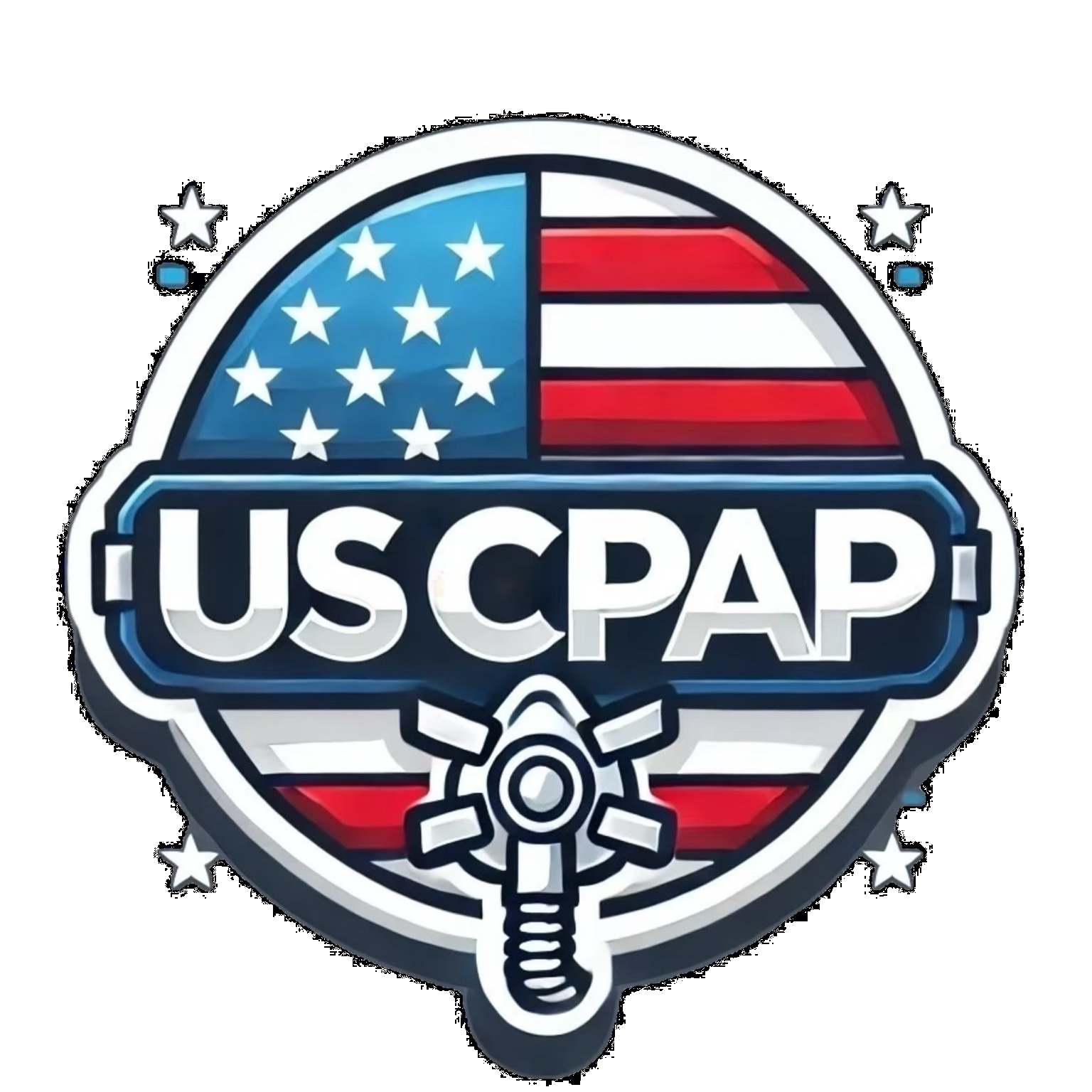
Leave a comment
This site is protected by hCaptcha and the hCaptcha Privacy Policy and Terms of Service apply.